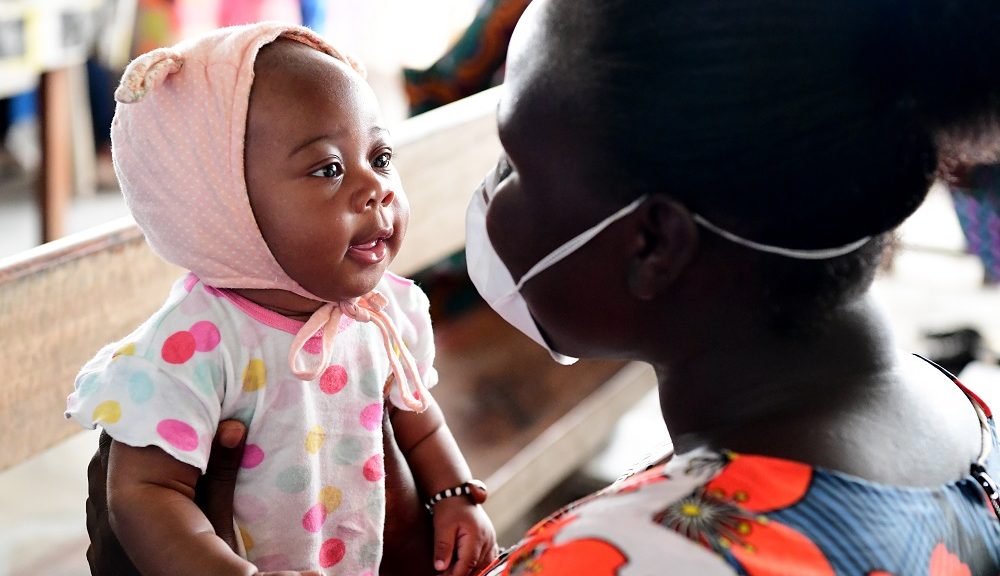The great webpage www.end-violence.org published the following report. Be blessed, your Christian Pälchen
https://www.end-violence.org/protecting-children-during-covid-19-outbreak#protection
AT HOME
Know who to call for help. Child Helpline International is a worldwide network of 173 helplines across the world. On their website, you can search for the helpline in your country and call to raise child protection issues with national authorities. More helpline numbers can be found on this page, created by the International Centre for Missing & Exploited Children.
Create a safety plan by using this interactive safety planning tool from Love is Respect.
Access resources for survivors of domestic abuse through Futures Without Violence‘s resource page, which contains the numbers of helpline, hotlines and other information.
Speak to a crisis counsellor within the US, Canada and the UK. The Crisis Text Line is available to help individuals dealing with the COVID-19 outbreak, providing free 24/7 support to those who need it.
If you or a loved one has a disability, use this resource to plan for your individual needs during COVID-19. This platform was created by the Queenslanders with Disabilities Network in collaboration with the University of Sydney and the Queensland Government.
Use technology to communicate with survivors through these tips from the National Network to End Domestic Violence.
Protect children in alternative care settings. The Alliance for Child Protection in Humanitarian Action has released a new Technical Note to support child protection practitioners and government officials in their immediate response to the child protection concerns faced by children who are at risk of separation or in alternative care during COVID-19 pandemic, along with one centred on children in detention centres.
ONLINE
Australia’s eSafety Commissioner has developed a series of resources and tools to keep children safe online during COVID-19 isolation. Visit their website for online safety kits, tips for caregivers, and more, including a guide for parents across the world. You can also read this article from Australia’s eSafety Commissioner, which provides guidance on protecting children from online threats during the COVID-19 outbreak.
Check out this tip sheet for keeping children safe online. This one-pager is part of a collective effort by multiple partners to help parents and children better understand the risks of the digital world and protect themselves.
Want to expand your knowledge of digital literacy? Check out these resources, which were collated and in part, produced, by the Council of Europe. On their website, you can find information about controlling children’s screen time, finding quality digital content for children, and how to spot the signs of online violence.
Download these parent helpsheets from Thinkuknow, which provide information on how to protect primary- and secondary-aged children from online violence.
The FBI’s Safe Online Surfing (SOS) programme teaches students in grades 3 to 8 how to navigate the web safely. It is available in English and Spanish.
Understand your role as a mandatory reporter by using this brief on children’s online safety, which was created by International Centre for Missing & Exploited Children.
Check out the Family Online Safety Institute’s tool for good digital parenting.
Europol has created a resource centre for information, tools and materials for keeping children safe online. Access the resources here.
Make virtual school safer for your children by reading this short information packet from the International Centre for Missing & Exploited Children.
HUMANITARIAN SETTINGS
Check out a collection of tools and resources from the Child Protection Resource Menu for COVID-19, which was created by the Child Protection Area of Responsibility. This toolkit includes dozens of resources, documents and evidence to help responders protect children while dealing with the outbreak.
Strengthen your response amidst the outbreak. The COVID-19 Learning Pathway, which was created by Save the Children, aims to enable humanitarians, including local responders, to be best equipped to respond to the global pandemic. This resource will help strengthen online technical capacity strengthening programmes, build online soft skills and remote working capacity strengthening programmes, and more.
Access resources through the Child Protection Hub. The Child Protection Hub for South-East Europe has created a platform to house resources for humanitarian actors working amidst the COVID-19 crisis. View this platform for webinars, guidance, and technical tips to protect children.
Access more resources on protecting children from COVID-19 in humanitarian settings.
FOCUS ON GENDER
Read this report from the Center for Global Development, which explores the way pandemics often result in an increase in violence against women and children. This paper can be used by researchers, practitioners, and policymakers to help inform further evidence generation and policy action while situating violence against women and children within the broader need for intersectional gender- and feminist-informed pandemic response.
Identify and mitigate gender-based violence risks within the COVID-19 response by reading this brief, which was produced by the Gender-Based Violence Area of Responsibility (GBV AoR). This document is intended to support non-GBV specialist humanitarian actors to identify COVID-19, GBV-specific risks in their sectors, and take actions to mitigate those risks.
Navigate gender-based violence in humanitarian settings amidst the outbreak. The GBV AoR’s Regional Emergency GBV advisor team is leading a six-week webinar, available in both English and French, to provide technical support to practitioners during the COVID-19 outbreak. This webinar series will focus on the impact of the virus on women and girls, with a focus on GBV risks in east and southern Africa. Visit their website for more resources.
Understand the gendered implications of COVID-19 through this brief, which was developed by CARE International.
Learn how COVID-19 has uniquely affected women in Asia through this brief, which was published by GiHA.
Learn about the emerging gender impacts of the virus by reading this article, published by the Lancet, on the ways COVID-19 is affecting men and women differently from a socio-economic standpoint.
OTHER TRAININGS & RESOURCES
Prevent and control COVID-19 in schools. New guidance has been issued to help protect children from COVID-19 and support safe school operations. The guidance provides critical considerations and practical checklists to keep schools safe, and advises national and local authorities on how to adapt and implement emergency plans for educational facilities.
The International Disability Alliance (IDA), an alliance of 14 global and regional organizations of persons with disabilities, has published key recommendations for a disability-inclusive COVID-19 response.
Support children as a faith leader. Arigatou International has published resources for faith leaders to help children, both spiritually and emotionally, through this challenging time. Access them here.
Boost preparedness within the United Nations system. To assist UN country teams in scaling-up preparedness and response to COVID-19, the WHO released a COVID-19 Strategic Preparedness and Response Plan to guide responses within countries.
Access real-time training to respond to the COVID-19 outbreak. The WHO has released a multitude of training courses to prepare medical professionals and other practitioners to respond to the outbreak.
Access the Coronavirus Tech Handbook, a crowdsourced resource for technologists. This platform, which was created by the London College of Political Technologists, it features everything from tips for remote working to tools for data visualisation and fighting misinformation.














